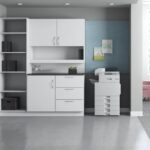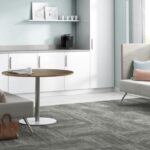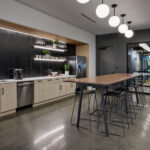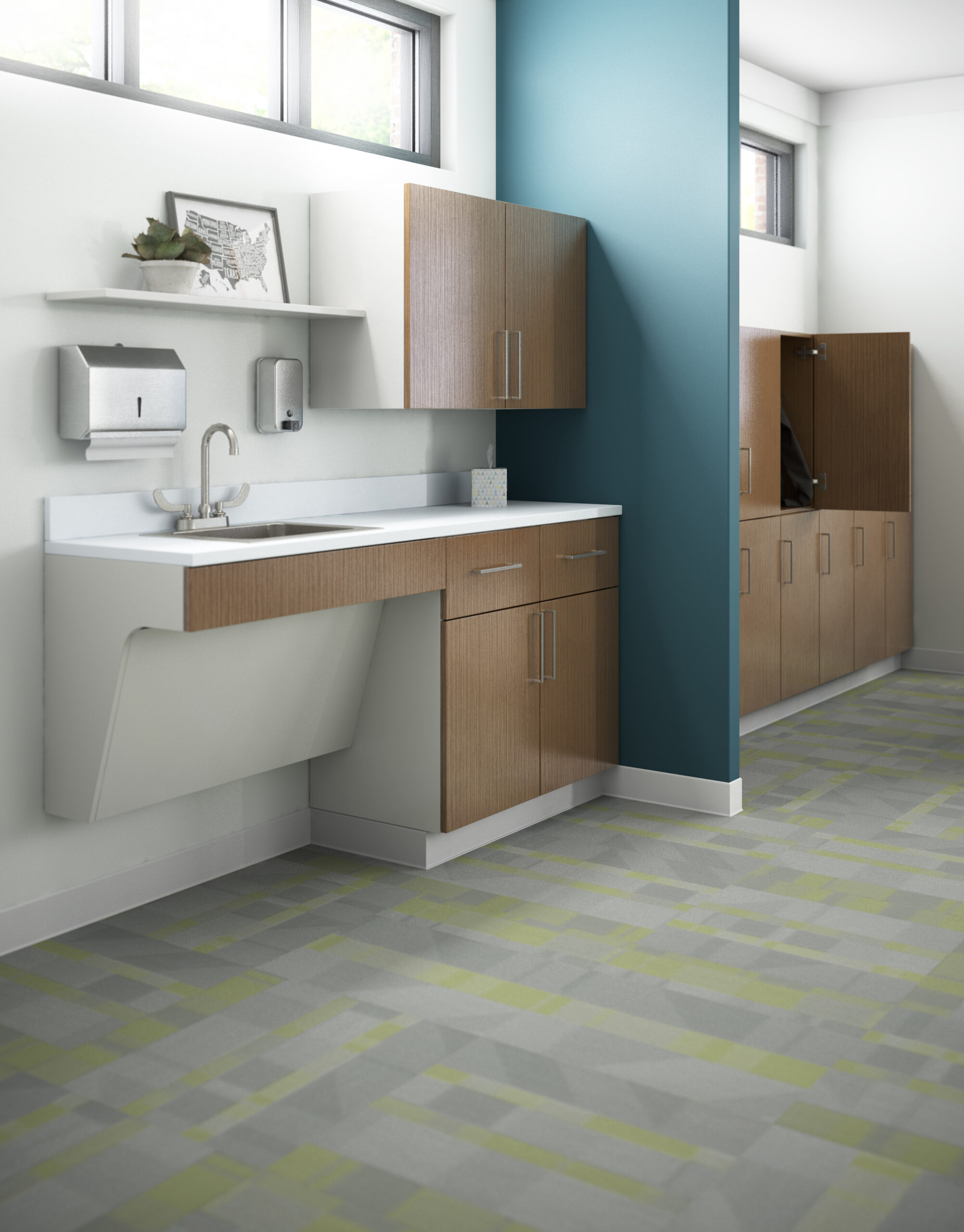Elevate Your Workspace: A Guide to Office Interior Design
The design of your office space can significantly impact productivity, employee well-being, and overall business success. A well-designed office fosters creativity, collaboration, and efficiency while reflecting the company’s brand and values. Whether you’re setting up a new office or redesigning an existing one, thoughtful interior design can transform your workspace into an inspiring environment. In this blog post, we’ll explore key elements and tips for creating an effective office interior design.
Key Elements of Office Interior Design
- Space Planning
- Layout: Plan your office layout to maximize space efficiency and workflow. Consider the placement of workstations, meeting rooms, common areas, and private offices.
- Zoning: Create different zones for various activities, such as collaborative work, individual tasks, relaxation, and meetings.
- Lighting
- Natural Light: Maximize natural light to create a bright and inviting atmosphere. Use glass partitions, large windows, and open layouts to allow light to flow through the space.
- Artificial Lighting: Combine ambient, task, and accent lighting to provide adequate illumination for all activities. Adjustable and dimmable lighting options can enhance comfort and productivity.
- Furniture
- Ergonomic Design: Invest in ergonomic furniture to promote comfort and reduce the risk of strain or injury. Adjustable chairs, sit-stand desks, and supportive seating are essential.
- Modular and Flexible: Choose modular furniture that can be easily reconfigured to adapt to changing needs. Flexible furniture solutions help create a versatile workspace.
- Color Scheme
- Brand Colors: Incorporate your company’s brand colors to create a cohesive and professional look. Use colors strategically to influence mood and productivity.
- Neutral Base: Start with a neutral base and add pops of color through accents, artwork, and furnishings to create a balanced and appealing environment.
- Materials and Finishes
- Quality Materials: Select durable and high-quality materials that will withstand daily use and maintain their appearance over time.
- Variety and Texture: Use a variety of textures and finishes to add depth and interest to the space. Combine wood, metal, glass, and fabric to create a dynamic look.
- Technology Integration
- Built-In Tech: Integrate technology seamlessly into your office design. Include built-in power outlets, charging stations, and cable management systems.
- Smart Solutions: Consider smart office solutions, such as automated lighting, climate control, and digital collaboration tools, to enhance efficiency and convenience.
- Biophilic Design
- Greenery: Incorporate plants and greenery to improve air quality and create a calming, natural environment. Living walls, potted plants, and desk plants are great options.
- Natural Elements: Use natural materials, such as wood, stone, and water features, to create a connection with nature and enhance well-being.
- Acoustics
- Soundproofing: Use soundproofing materials and design elements to reduce noise and create a quieter work environment. Acoustic panels, carpets, and soft furnishings help absorb sound.
- Zoning for Quiet Areas: Designate quiet zones for focused work and private conversations.
Tips for Creating an Effective Office Interior Design
- Understand Your Needs
- Conduct a needs assessment to understand the requirements of your employees and business operations. Consider factors like team size, work styles, and specific needs for different departments.
- Reflect Your Brand
- Ensure that your office design reflects your company’s brand identity and values. Use colors, artwork, and design elements that align with your brand.
- Promote Collaboration and Privacy
- Balance open spaces for collaboration with private areas for focused work. Use furniture, partitions, and layout strategies to create both types of spaces.
- Prioritize Comfort
- Focus on creating a comfortable environment for employees. Invest in ergonomic furniture, provide ample lighting, and ensure good ventilation and temperature control.
- Incorporate Flexibility
- Design a flexible office that can adapt to changing needs. Modular furniture, movable partitions, and multifunctional spaces allow for easy reconfiguration.
- Involve Employees
- Involve employees in the design process to ensure that their needs and preferences are considered. This can increase satisfaction and create a sense of ownership.
- Focus on Sustainability
- Choose sustainable materials and energy-efficient solutions to create an eco-friendly office. Consider green certifications and environmentally responsible design practices.
- Pay Attention to Details
- Small details can make a big difference in office design. Pay attention to elements like artwork, accessories, and finishes to create a polished and cohesive look.
Conclusion
A well-designed office can significantly enhance productivity, employee satisfaction, and overall business success. By focusing on key elements such as space planning, lighting, furniture, color schemes, and technology integration, you can create an inspiring and efficient workspace. Whether you’re starting from scratch or redesigning an existing office, thoughtful interior design can transform your workspace into a dynamic and welcoming environment. Embrace the power of design and create an office that reflects your brand and supports your team’s needs.
CALL NOW:- 9999351946
Check out our latest post on our website. www.bywayindia.com
Follow us on LinkedIn :- https://lnkd.in/g-6NAgre
Follow us on Facebook :- https://lnkd.in/g6fUUXvw
Follow Us on Twitter:- https://x.com/byway_india
#modular_furniture#modular_office_furniture







